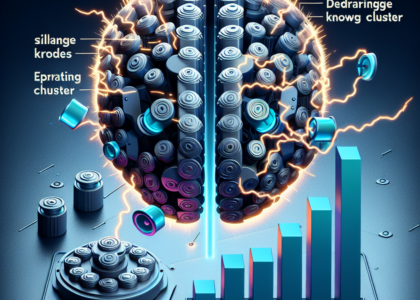Authors: Alican Mertan, Nick Cheney
Abstract: It is prevalent in contemporary AI and robotics to separately postulate a
brain modeled by neural networks and employ it to learn intelligent and
adaptive behavior. While this method has worked very well for many types of
tasks, it isn’t the only type of intelligence that exists in nature. In this
work, we study the ways in which intelligent behavior can be created without a
separate and explicit brain for robot control, but rather solely as a result of
the computation occurring within the physical body of a robot. Specifically, we
show that adaptive and complex behavior can be created in voxel-based virtual
soft robots by using simple reactive materials that actively change the shape
of the robot, and thus its behavior, under different environmental cues. We
demonstrate a proof of concept for the idea of closed-loop morphological
computation, and show that in our implementation, it enables behavior mimicking
logic gates, enabling us to demonstrate how such behaviors may be combined to
build up more complex collective behaviors.
Source: http://arxiv.org/abs/2407.16613v1





